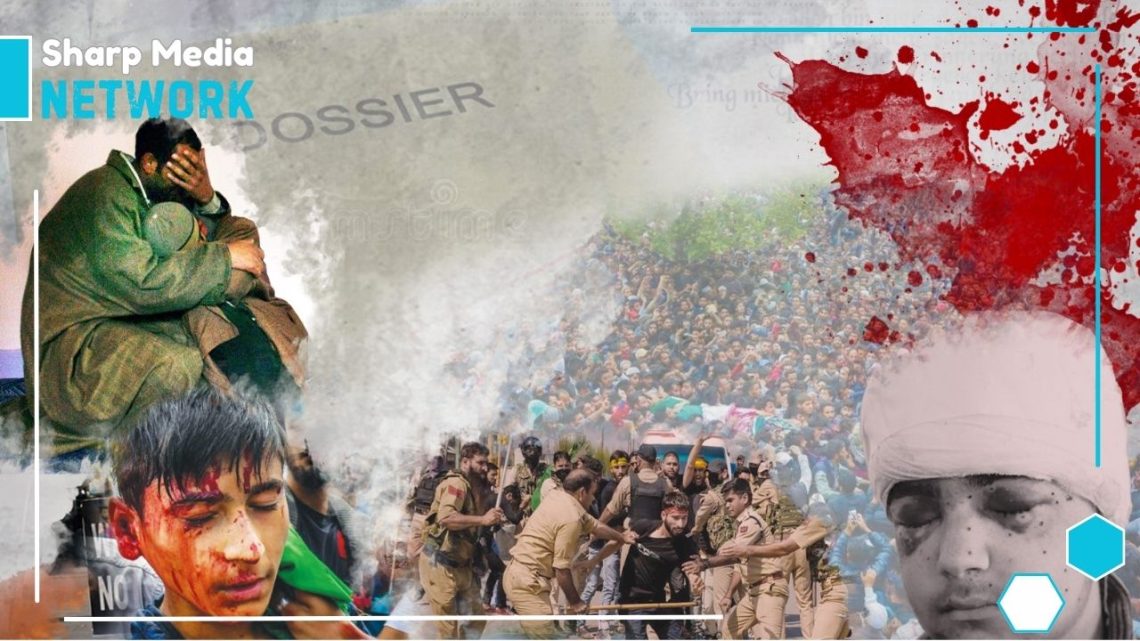
The Alarming Rise in Missing Children in IIOJK
March 27, 2025The rising number of missing children in Indian Illegally Occupied Jammu and Kashmir (IIOJK) between 2016 and 2022 highlights a grave human rights issue, shedding light on the devastating consequences of ongoing military operations and repression in the region.
Between 2016 and 2022, over 5,400 children were reported missing in Indian Illegally Occupied Jammu and Kashmir (IIOJK), with more than 1,500 still untraced, according to official data. The situation has sparked growing concern among human rights organizations and local advocates, as many children remain unaccounted for, their whereabouts unknown. The numbers reveal the horrifying scale of child disappearances in the region, with boys and girls equally affected by the ongoing conflict and military presence.
In 2016 alone, 1,070 children went missing, including 589 boys and 481 girls. The following years showed no significant decrease in the trend. In 2017, 725 children were reported missing, and in 2018, the number increased to 800, with 384 boys and 416 girls. The missing children reports continued to rise, with 661 children vanishing in 2019, 627 in 2020, 723 in 2021, and 821 in 2022. These figures paint a chilling picture of the crisis faced by families in the region.
Advocate Abdul Rashid Minhas, a spokesman for the All Parties Hurriyat Conference (APHC), has condemned the increasing number of missing children in IIOJK, blaming the Indian Army and its agencies for the disappearances. According to Minhas, children are often picked up during cordon and search operations (CASOs), with some allegedly being sold into other parts of India. He suggests that the harsh military tactics and frequent nocturnal raids by the Indian Army and paramilitary forces contribute to the frustration that drives children to leave their homes. Many of these children are victims of the violence and maltreatment that accompanies the ongoing conflict in the region.
The disappearances have left families in agony, with no answers or closure. The rise in missing children is not merely a statistical problem—it represents a dire humanitarian crisis in a region already grappling with the effects of prolonged conflict. The local population has repeatedly accused Indian forces of using extreme measures to maintain control, including abductions during military operations. The mistreatment of inmates, including children, during detention further exacerbates the trauma faced by families in the region.
The cases of missing children highlight the stark realities of life in IIOJK, where violence and repression permeate everyday existence. Many families continue to search for their loved ones with little to no support from the authorities, and the disappearances remain largely unaddressed by the Indian government. Human rights groups and international organizations have called for investigations into these cases, demanding accountability for the perpetrators and justice for the affected families.
The growing number of missing children in IIOJK underscores the severe human rights violations occurring in the region. The disappearances reflect a larger pattern of state-sponsored violence and neglect, where innocent lives are caught in the crossfire of political conflict. The international community must address this crisis and demand justice for the victims, ensuring that the rights and safety of children in IIOJK are protected.

